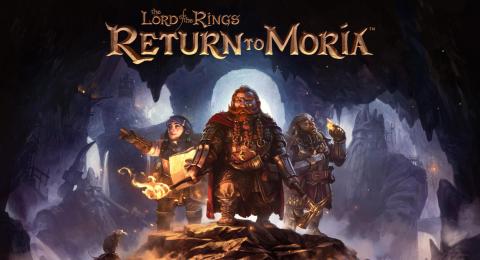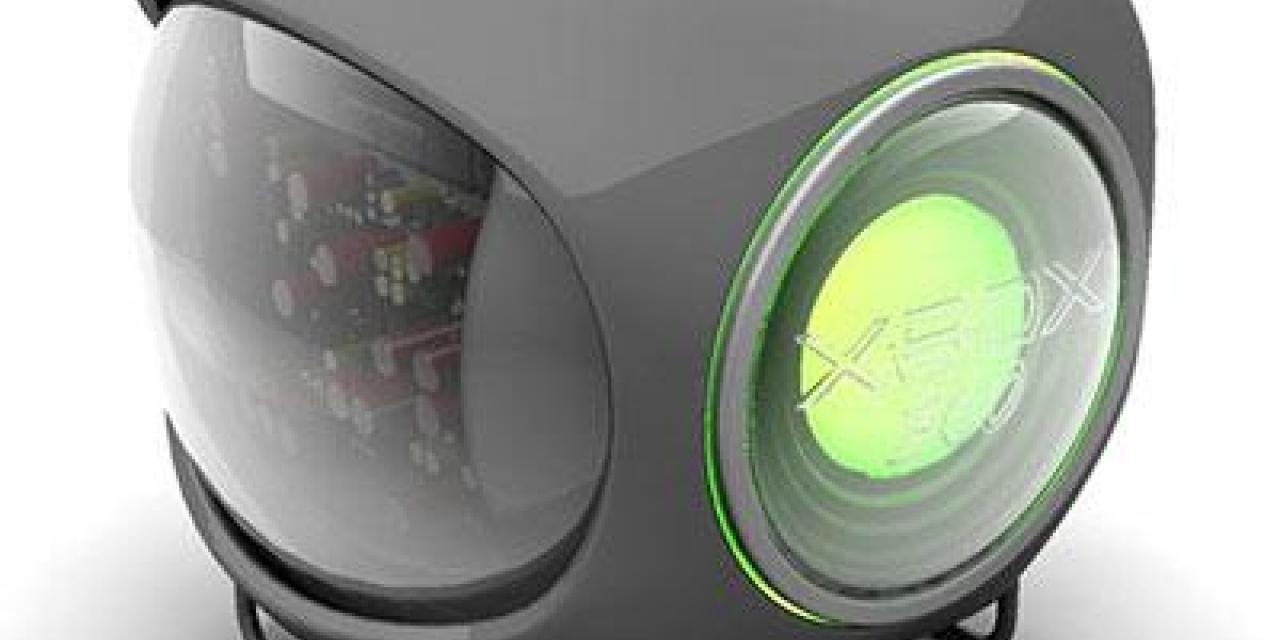
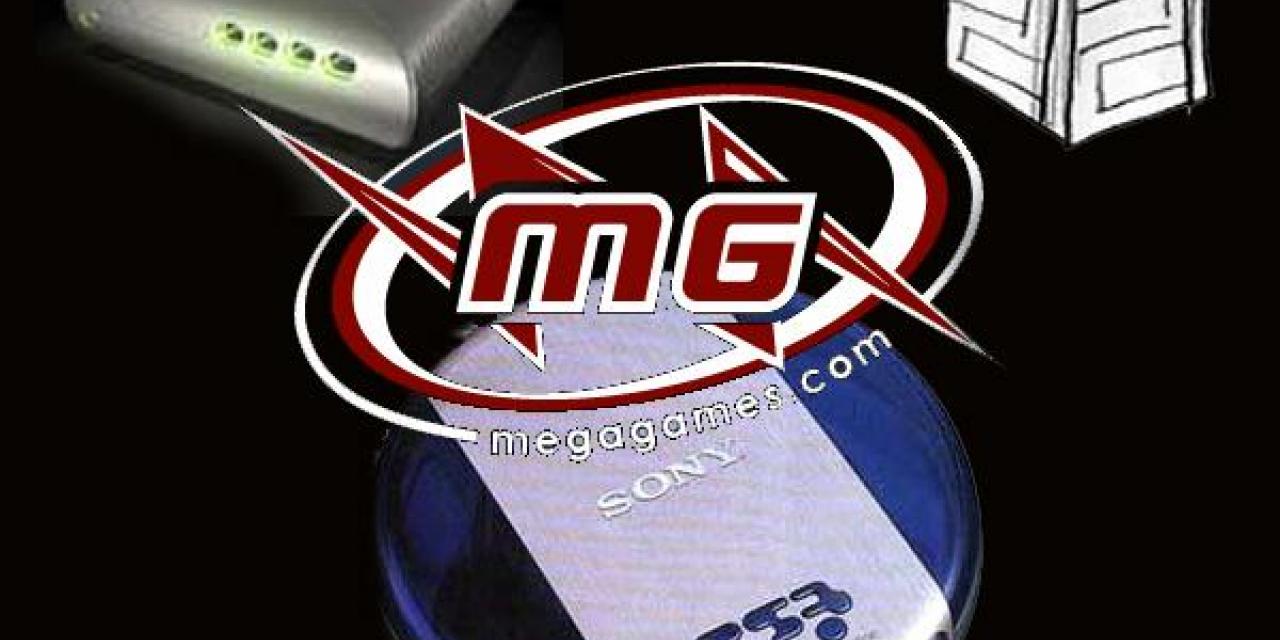
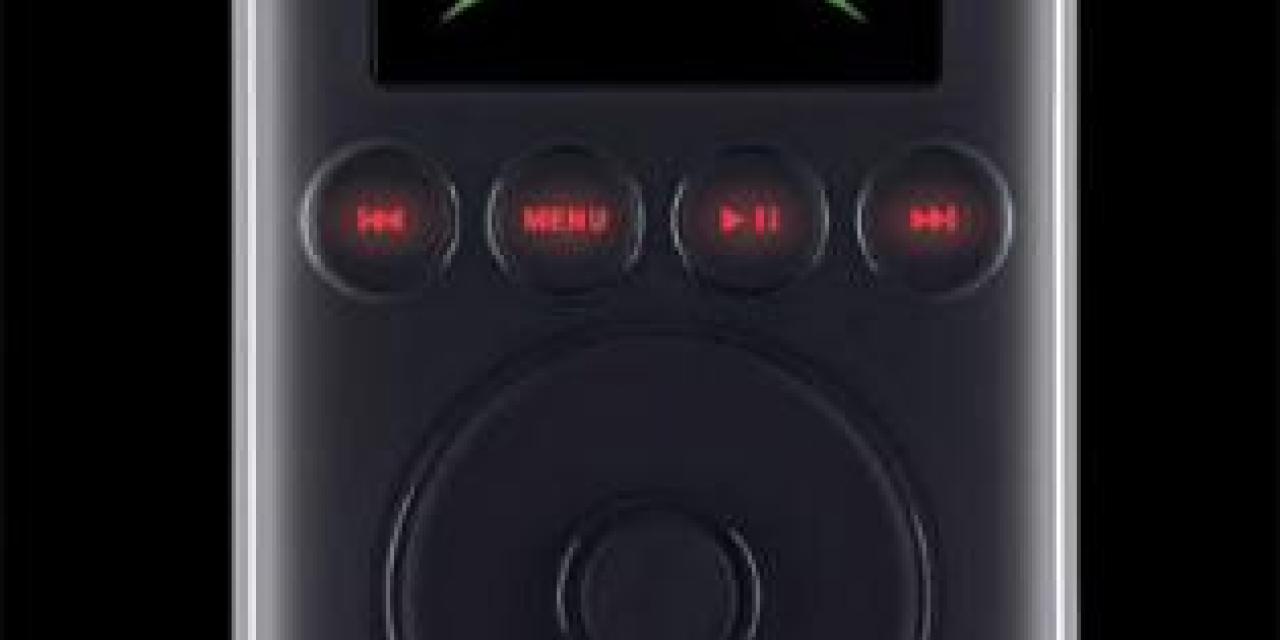
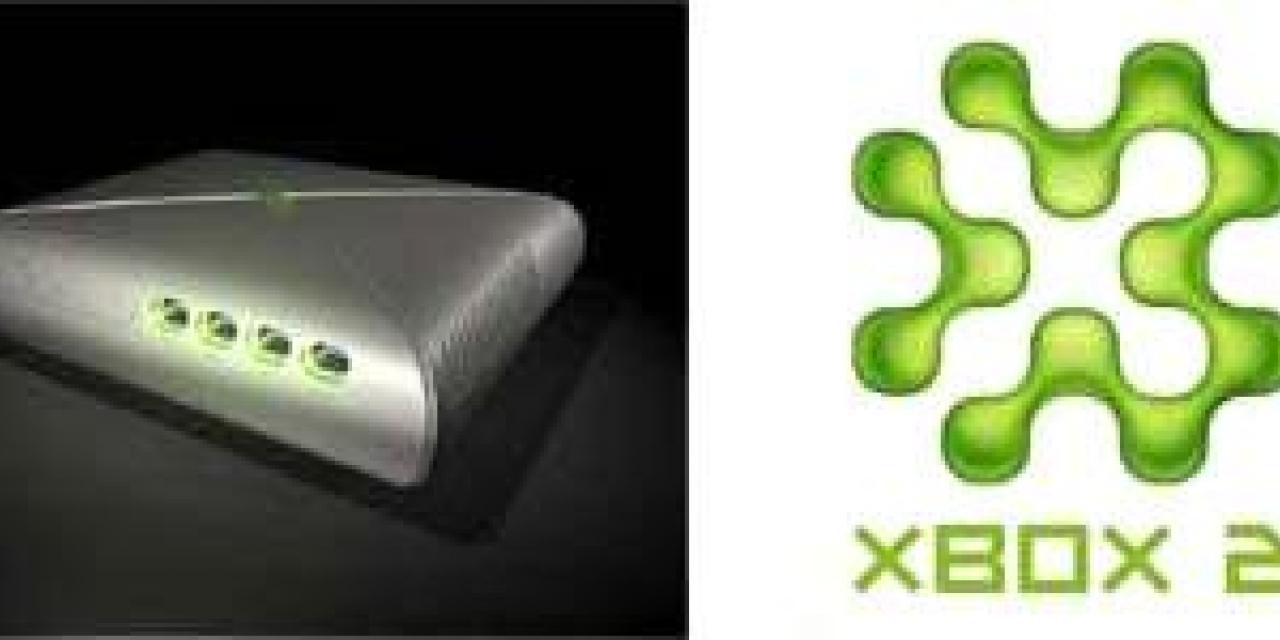



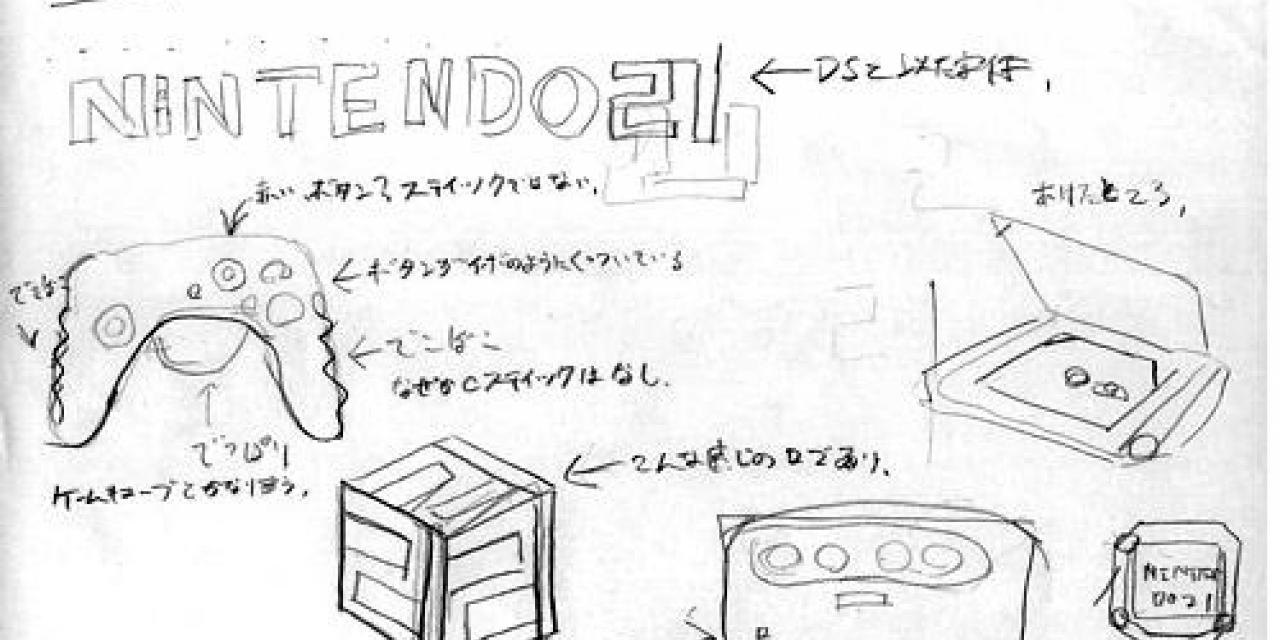
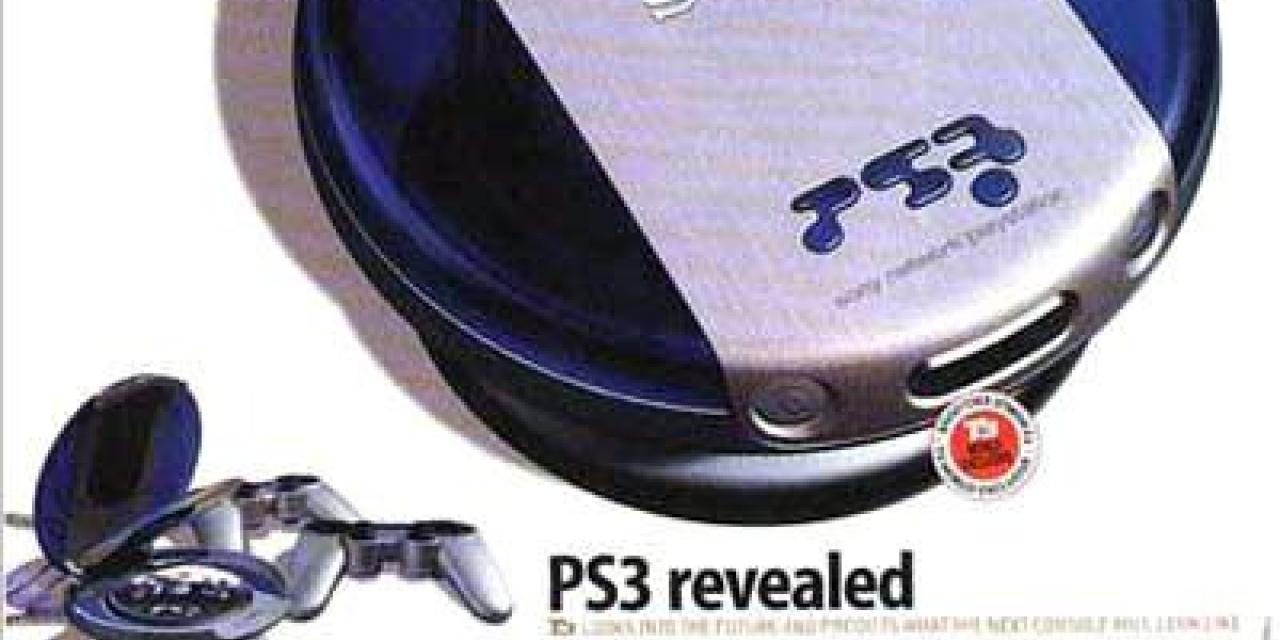

MegaGames takes an in-depth look at the next-generation console offerings from all three major manufacturers and in the process, sheds some light on the hardware and features that promise to make each special.
An unwritten market rule states that console manufacturers need to produce a new one every five years and Microsoft, Nintendo and Sony seem to believe it. All three contenders have begun an elaborate promotional campaign which aims to let us know they are working on next-generation consoles but also to withhold details and release dates in order to protect sales of their current consoles. The nature of this campaign has offered fertile ground for rumors to spread and the current interest in anything gaming related has guaranteed that they have. Those rumors range from the plausible to the utterly ridiculous and a quick browse through the screenshots section will convince you of that.
As a lot more information about the next-generation of consoles is expected to be released in May during the E3 exhibition, we will attempt to clarify what we already know and to distinguish fact from fiction, as we examine the future of console gaming…
The first aspect of all three major consoles we will examine is the name. Although it may seem redundant, it is an important marketing decision which can do a lot for a product and one in which manufacturers have invested in greatly over the past years. The creation of a strong brand name is, as Sony's story demonstrates, an important way of reaching your sales targets.
Microsoft
This time around it is Microsoft attempting to make a name for itself and it is the Xbox's successor that is in search of a title. Throughout the development process the next-generation Xbox has been known as Xenon although Microsoft officials have been quick to deny any possibility of that name escaping beyond the confines of the company's R&D department. The first rumor regarding the name of the next Microsoft console started making the rounds soon after the original Xbox launched when it was discovered that Microsoft had been buying Xbox Next domains.
From as early as last year MS had started surveys examining possible names and public reaction to them. The names involved then included Xbox HD, Xbox 247, Xbox E, Xbox 2, Xbox EV, Xbox 360, Xbox FS, and Xbox NE. Although initially Xbox Next was a favorite it was quickly replaced by Xbox 2 and, more recently, by Xbox 360. You can find some information about the Microsoft name survey in the MG XBox Full Circle report. As launch time approaches however and partly due to a High-Definition keynote speech at this year's GDC by MS's J. Allard, Xbox HD seems to be the current front-runner although the possibility of the lack of a hard drive on the new console may complicate things since HD is often used as short for hard drive. It is expected that E3 may be the point when Microsoft actually christens the new Xbox since its estimated holiday 2005 launch would give the company just about enough time to attempt and etch the name on our unconscious.
Sony
Sony, in contrast to Microsoft, has already worked hard on establishing a name for its consoles and the Playstation name has become an indication of pedigree to such an extent that even the new handheld by the company has adopted it. It would be foolish of Sony to waste such a strong and well-established name and although company executives insisted on not commenting on the PS2 successor, lately official whispers have revealed that Playstation 3 is the obvious name for Sony's new console.
Nintendo
Nintendo has been forced to third place in the current battle of the consoles, partly due to Microsoft and Sony's aggressive PR campaigns and partly due to the company's choice to focus on traditional Nintendo values.
This time however, Nintendo will be attempting to combine what gamers want with the company's trademark gaming style. If the company's new handheld, the DS, is an indication of things to come, Nintendo plans to innovate technologically and to focus on those innovations with aggressive marketing, as the Touch Me campaign clearly demonstrates. In that light the choice of Nintendo Revolution as a name for the GameCube's successor does not seem too surprising. The current name for the console within Nintendo is N5 and some rumors have suggested names ranging from GameCube 2 to Nintendo 21, to this day however Revolution remains the most likely option.
Part of the excitement surrounding the next-generation of consoles has to do with the promise of increased processing capacity. This time around games consoles will offer a true innovation with new processor technologies, developments which promise gaming beyond anything possible today. One interesting detail regarding the processors of the next-generation of consoles is that IBM is involved in all of them and this may prove a powerful blow to Intel, the former supreme ruler of mainstream processors.
Sony
Sony was the first company to reveal details of the ambitious project behind the processor carried by its next-generation Playstation 3 console. Any project which involves IBM, Toshiba and Sony can only be high profile and the Cell processor is certainly that.
The Cell is a 64-bit RISC IBM POWER derivative. It will be able to support multiple operating systems and will feature nine individual processing units that can share processing tasks. There will be a variety of versions of the chip since it is expected to appear in home and office computer systems as well. The version expected to power the Playstation 3 should run at over 4GHz (4.6GHz being the most likely frequency) and be capable of 256 billion calculations per second while it is claimed that it will include features which will make game copying impossible.
Nintendo
Nintendo has been extremely secretive with the details of its Revolution console and for the time being, all that is known about the processor is that IBM will be involved in its creation. The processor developed for Revolution has been codenamed Broadway and is expected to be a twin-processor setup.
Microsoft
Microsoft has not been as forthcoming as Sony with the details of the processor behind the next Xbox console. We do know that the company hired IBM to develop an Xbox 2 exclusive processor based on Big Blue's Power architecture. Microsoft has also revealed that the design will be able to process more than a trillion calculations per second (1 teraflop) which is an impressive figure. The latest information claims that Xenon will carry three 3.0 GHz PowerPC cores. Each core should be capable of two instructions per cycle and should have an L1 cache with 32 KB for data and 32 KB for instructions. The three cores should share a total of 1 MB of L2 cache. The current developer kits (Alpha 2)feature two cores instead of three.
The eye candy is an essential aspect of any gaming console and although the processors promise massive computing power all manufacturers need GPUs able to harness that power. This round of console design has seen some changes and many of the parties involved are keeping their plans close to their chest but we have managed to get some details for you.
Nintendo
Nintendo and ATI established a technology development agreement two years ago and it is assumed that the deal also covered the graphics for the Revolution console. Details remain scarce as Nintendo remains the most secretive of all the manufacturers although we do now that the GPU for Revolution is codenamed Hollywood.
Microsoft
Microsoft had a difficult time with nVidia on the original Xbox and pitted the graphics company against Canadian rival ATI in a bitter bidding war for the graphics of Xbox 2. ATI won and will provide the graphics for the next-generation console although details, again, remain scarce. The new GPU is expected to feature a clock speed of 500 MHz and to support Shader 3.0. Developers are working with an early version of the GPU although true beta units should be around in May and the final product sometime in the summer of 2005.
Sony
Sony recently announced its deal with nVidia for the graphics to Playstation 3. nVidia claims that the deal will give it the edge in working within the Cell environment although that could also mean that teething problems may be an issue with the console.
All three major console manufacturers are involved in a bitter war for our living rooms. The winners will claim a share of a multi-billion dollar market which will allow them to deliver a variety of multimedia content. In that respect all consoles should be able to deliver such content. Microsoft has been the most upfront about its plans and claims that the new Xbox will be a key component of its multimedia plans for the future.
Microsoft
The new Xbox may not feature a hard drive, in its most basic form although removable storage will be offered for the Microsoft console. Gamers using the XBox successor, will have 64 MB to 1,024 MB memory cards available to them. 8 MB on any memory card will be reserved for system use, leaving the rest for user data.
The most likely possibility is that 2 versions of the next Xbox will exist, one with and one without a hard drive, an option which would make the name Xbox HD for both models unlikely. Models of the new console including the hard drive will have 2 GB of the drive reserved as game cache.
The new XBox will deliver games on the dual-layer DVD-9 format which increases storage capacity, approximately 7 GB, without changing the format too much. The drive is expected to run at 12X. DVD playback is certain as is the playback of compressed audio and video. It is also obvious that Microsoft is moving towards the inclusion of built-in wireless networking functionality for Xenon.
Another hardware innovation to be supported by the next Microsoft console is rumored to be the PhysX chip which will introduce hardware controlled physics. Such a device (PPU) will increase the available GPU and CPU resources for other aspects of the gaming experience.
Sony
The Playstation 3 will feature Sony's Blu-ray technology for high capacity DVDs. In all, 11 companies have been involved in the creation of Blu-ray which, just as UMD on the PSP, is an ambitious and heavily funded Sony project. Blu-ray Discs can hold 25GB on a single layer and 50GB on the dual-layer discs, while the new HD DVD discs, yet to be released, will hold only 30GB on a dual-layered disc.
Sony is also expected to unveil Sony Memory Stick cards for use with PS3.
Nintendo
Nintendo has long been an advocate of the pure gaming experience. This policy has, to some extent, protected the company from piracy since proprietary storage formats have made disc copying difficult. The same decisions however, are also responsible for the current poor sales of the GameCube. The company is working hard towards achieving some form of balance and it is expected that some, limited, multimedia functionality may be present in Revolution. Some reports on Nintendo's new console claim that it will deliver games using a two-sided, 8mm disk with a 5.4 GB capacity while other reports claim it will use the HD-DVD format. It is also expected that Revolution will include an internal hard drive.
The latest developments in memory technologies will go a step further for the next-generation of consoles. Details of the memory configuration featured by the consoles, when available, remain sketchy as the manufacturers are expected to finalize these as late as possible depending on their cost targets.
Sony
The Playstation 3 will feature RAM by Elpida. Reuters has already reported that according to Elpida the PS3 will sport 512 megabit of XDR DRAM, with Rambus' interface technology.
Microsoft
Xenon will carry 256 MB of system RAM. Although this figure does not seem very impressive, the new XBox cannot be compared to a current PC and it should be able to work quite well even with such a limited amount of system RAM. Keep in mind that the current Xbox has 64MB of system RAM so this marks a significant increase for MS.
Nintendo
Details of the RAM carried by the next-generation offering from Nintendo remain sketchy and the company seems to be undecided on the details. The current philosophy of sharing system and graphics memory seems to be foremost on the mind of most manufacturers as a means of reducing cost but the exact implementation of that philosophy remains rather fluid.
While Sony and Microsoft already have experience with online services, Nintendo still claims that it will steer clear of online functionality until a viable business model is delivered. Both the PS2 online and Xbox Live services have become popular options for owners of the consoles and since content delivery will, most likely, be implemented through such services it is unlikely that any of the manufacturers will drop their support.
All consoles will also try and leave doors open for connecting their future consoles to other devices and the possibilities are numerous and exciting.
Nintendo
It is extremely risky to try and guess what Nintendo will do with Revolution as far as online connectivity is concerned. The company has proved temperamental and slightly unreliable as far as such services are concerned and it would seem unlikely that things will change this time round. The changing face of gaming, guided by the needs of the other two console manufacturers may however, force Nintendo's hand. There have been some leaked stories regarding a planned online service by Nintendo being launched later this year and that remains an intriguing prospect for Revolution.
The built-in wireless networking capabilities of the DS, coupled with the fact that Nintendo has already tried connecting its GameCube with the GBA, suggest that Revolution will feature some similar functionality.
Microsoft
The success of the Xbox Live service and the conviction of MS chairman Bill Gates, that it is the way forward, leave little doubt that the service will be further developed and extended with Xenon. According to J. Allard at GDC the new console will introduce something called the Xbox guide. Persistent across all games and media experiences, the guide will serve as an entertainment gateway to connect players to their games, their friends and their digital media.
Features of the guide will include :
- Gamer Cards. Gamer Cards provide gamers with a quick look at key Xbox Live information. They let players instantly connect with people who have similar skills, interests and lifestyles.
- Marketplace. Browseable by game, by genre, and in a number of other ways, the Marketplace will provide a one-stop shop for consumers to acquire episodic content, new game levels, maps, weapons, vehicles, skins and new community-created content.
- Micro-transactions. Breaking down barriers of small-ticket online commerce, micro-transactions will allow developers and the gaming community to charge as little as they like for content they create and publish on Marketplace. Imagine players slapping down USD .99 to buy a one-of-a-kind, fully tricked-out racing car to be the envy of their buddies.
- Custom playlists. This feature eliminates the need for developers to support custom music in games. The guide instantly connects players to their music so they can listen to their own tracks while playing all their favorite next-generation Xbox games.
The plan, in fact, calls for an extensive online marketplace where all sorts of transactions will be carried out with MS becoming a sort of ebay of that marketplace.
As far as connectivity is concerned, the latest news suggests that Microsoft will make connecting your Xbox to your PC an option. Much of the company's GDC focus was strengthening the connection between the upcoming console and Windows XP Media Center. Some rumors claim that an Xbox/PC hybrid may be released a year after the next Xbox and in time to compete with the PS3. That option, if it does make the cut, will offer normal computer functionality with a Microsoft OS as well as Xbox game playback. It would seem that such an option will leave the Xbox wide open to piracy but considering the fact that the online service might be a requirement for the next-generation console, game piracy might become a real tricky venture.
Sony
Sony already has online capabilities in place for its Playstation 2 console so it is natural to expect Playstation 3 to take them a step further. Precise details are still not available since Sony is working on a different time scale to Microsoft and Nintendo.
Another intriguing prospect for the Playstation 3 has to do with a January 2005 patent application which points to plans to connect the PSP handheld to the new console. The application refers to enabling the connection of a portable game player to a base computing device, such a device could be a PC, a central server, or an advanced game console such as the PS3.
An important aspect of the next-generation of consoles will relate to how efficient consumers will consider them to be. If a console will allow users to play games from previous versions (backwards compatibility), if it will feature extra functionality such as the playback of DVDs and its overall price, will determine how it will fare in a very competitive market. It is assumed that in this generation of consoles manufacturers will try to push the price barrier beyond the USD 300 which seems to be a launch-time favorite price.
Sony
Sony's PS2 was one of the first consoles to support games of its predecessor. According to Sony President Ken Kutaragi, PlayStation 3 will offer the same compatibility for PS2 software, and the format will continue forever.
Sony pricing for PS3 is not yet clear. A lot seems to depend on how much functionality the company can fit into the device. Some estimated claim that Sony is hoping for a USD 500 entry price but that would seem extremely risky.
The release time-frame for the Playstation 3 seems to suggest early 2006 although the company has promised a semi-functional prototype at E3 this May.
Microsoft
Microsoft's first instinct would be to forget all about backwards compatibility. The licensing and hardware restrictions involved would make implementation a headache. In the cutthroat market of games consoles however, the company will have to consider something to match Sony's commitment to supporting previous models. It is obvious that for marketing reasons no console manufacturer, save Sony, is eager to confirm backwards compatibility but it will be a very important selling point and MS will be seriously considering its options.
Microsoft's plans for the next Xbox's price are similar to Sony's and although some analysts mention a USD 500 entry point, the more plausible initial price for the console ranges from USD 350 - 400. Reports claiming that the basic Xbox 2, without a hard drive or extra functionality, will cost USD 100 seem fairly far fetched and unreliable for the time being.
The new MS console will make an appearance at E3 2005 as the company plans a holiday 2005 release in an attempt to beat rival Sony to the market and hopefully get a head start with consumers.
Nintendo
Nintendo has, this far, refused to offer compatibility for its previous consoles and has changed the game delivery format every time. With Revolution the company has initially promised to support GameCube titles so things are different all round for Nintendo this time.
Revolution should be the cheapest of all next-generation consoles as Nintendo's Pure Gaming concept means it will sport almost no extra functionality. It is therefore unlikely to be priced above USD 300.
Nintendo is chasing Microsoft this time in order to avoid being the last company to release its console, as happened with the GameCube console. A Revolution prototype will also be present at E3 2005 and although unconfirmed, a holiday 2005 release date remains most likely for the console.
Gamers around the world have been involved in a lively debate over the pros and cons of console gaming for a long time. Many of the more experienced and perhaps cynical, gamers will recognize the excitement surrounding the new consoles as part of the same PR-fueled excitement that has surrounded all other commercial product releases. The usual this time its different line would not be effective if it wasn't, slightly, valid.
For the first time since the gross commercialization of gaming, a serious computing innovation will be debuting in a games console. The implementation of multi-core processing in those consoles will give the hardware and software companies involved extensive experience. That is not to say that those innovations would not make it to the mainstream anyway, it is however, probable that the financial incentive of console gaming may have served as a catalyst for the mainstream implementation of such technologies.
Whether jaded by the constant hype and promises surrounding console gaming or excited by the prospect of next-gen gaming, all gamers will have to accept that games have vastly improved over the years and even though we may still be some way from the perfect VR gaming experience, we are still moving in the right direction; forward.







